The literary world is awash with books on directors and stars, but one on the cinematographer is a rarer entity. Cinematographers are those who are responsible for the very images we consume: the lighting, compositions, movements, mood, and tone of the frame – all the visual stimuli that translate the essence of a story.
As a cinematographer, Nick McLean is an artist and a technician. You’ve enjoyed his work, even if you don’t realise it, and it probably won’t take long to recall the indelible images he is responsible for.
McLean entered the family business in the late-1960s, following his stepfather Fred Jackman jnr, a prolific cinematographer and director, and his grandfather Fred W Jackman, who was twice president of the American Society of Cinematographers and an Academy Award winner.
These days McLean is retired and is in typically good form when I call. He has just rebuilt his exquisite Malibu home after it suffered damage from the raging wildfires that recently engulfed the exclusive artists’ mecca.
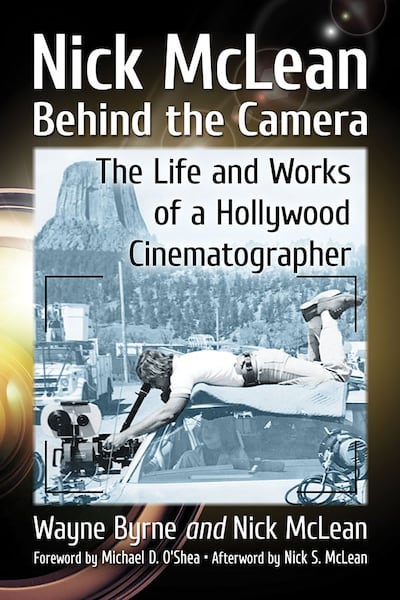
And he has another reason to be happy; we are set to release his memoir, Nick McLean Behind the Cameras: The Life and Works of a Hollywood Cinematographer. The book, which I co-wrote, takes us on McLean’s personal journey through four decades of Hollywood filmmaking, from early days on Robert Altman pictures right up to filming Friends.
Friendship is a common theme in the book, and one alliance proved most fortuitous in his early career, that which he enjoyed with a young, up-and-coming Vilmos Zsigmond.
“I met Vilmos on Red Sky at Morning in 1971,” McLean says. “We liked each other a lot and worked great together, so one day on-set he says to me, ‘Nick, do you want to come and shoot a movie with me up in Canada?’ ‘Who’s directing it?’ I asked. And he replied, ‘it’s an unknown director but I hear he is great; his name is Robert Altman.’ The next thing I know we’re on McCabe & Mrs Miller. We went on to shoot a lot of classic movies together.”
Although not every project worked out blissfully for the pair. “Vilmos and I were hired to shoot Funny Lady, a huge studio movie starring Barbra Streisand and James Caan. Well, we began filming it, but then some things didn’t work out and we didn’t finish it. It’s a long story, but people can read about it in the book.”
The book is indeed McLean’s candid canvas to regale of his time working on some of American cinema’s biggest successes (and some failures) and he is no stranger to the pages of the Hollywood memoir, having previously featured throughout the infamous tell-all You’ll Never Eat Lunch in This Town Again, authored by his ex-girlfriend and Oscar-winning producer Julia Phillips. McLean met Phillips on Close Encounters of the Third Kind; he the cameraman, she the producer.
His athletic, all-American good looks attracted his boss’s affections, and François Truffaut noticed him too: “Truffaut asked me to be in his next movie. He was writing The Man Who Loved Women as we were filming Close Encounters and one day he said, ‘Nick, I want you in my new movie, I have a great part for you! Will you come to Paris and do it?’ I said, ‘Absolutely!’ After filming finished I never heard back from him. That’s Hollywood!”
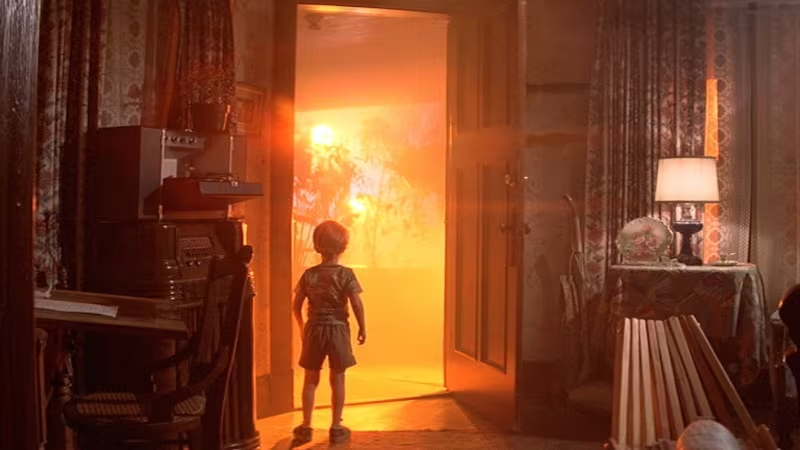
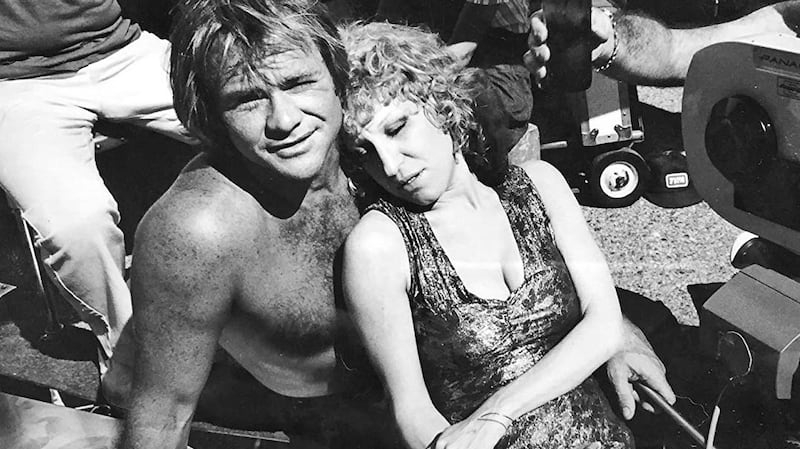
While stardom as a French New Wave matinee idol eluded him, he did end up starring in Phillips’ book after she documented their time living together in her typically unfiltered fashion. McLean is one of few people to come out of the scandalous book unscathed, even celebrated. And while our book is nowhere near as indecorous as Phillips’ outrageous tome, McLean doesn’t hold back in detailing the ego and excesses he encountered.
McLean documents his experiences with a refreshing humour and frankness, such as when working with Alfred Hitchcock on Family Plot – “One day he directed an entire scene from his Lincoln Continental, you had to peer in the window to hear what he was saying, because if you didn’t get it right, you were out of there!”
Or with the megalomaniacal Michael Cimino on The Deer Hunter: “I turned down Heaven’s Gate because I wouldn’t work with him again. One time he fell off the back of a camera boat into the river but none of us cared, we just left him there.”
Then there was John Boorman’s Exorcist II: The Heretic: “Working with Richard Burton was the most terrifying thing about that film!” McLean endured further run-ins with Hollywood ego, notably with notoriously cheap Cannon Pictures mogul, Menahem Golan. “I worked on Cobra, which was great because Sly Stallone ran the show and kept Menahem in his place. But on Over the Top Menahem was directing, but he couldn’t direct traffic! I left halfway through filming, I couldn’t take any more of Cannon Films.”
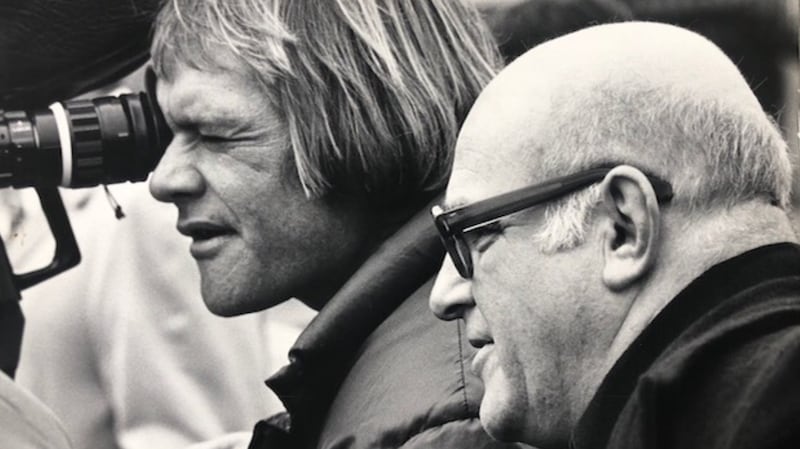
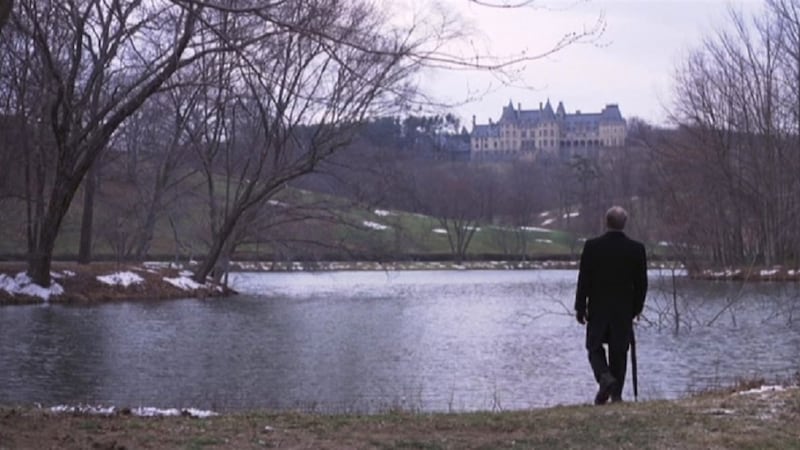
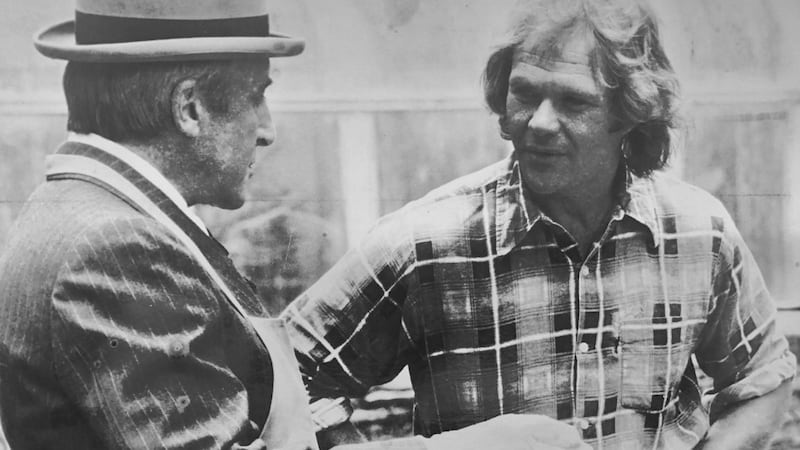
One wouldn’t blame McLean for not suffering fools gladly. He had built a stellar reputation as one of the best cameramen in Hollywood, working with eminent filmmakers on the likes of Obsession, Looking for Mr Goodbar, Heaven Can Wait, Marathon Man and Being There.
“It was an amazing time. I got to become friends with Laurence Olivier and Peter Sellers. I could go from shooting in Florence, Italy with Brian De Palma to being at Warren Beatty’s house playing tennis with him and Buck Henry. Those were the best days in Hollywood: great artists, great money, and a lot of creative freedom.”
And just when things couldn’t get any better, McLean met Burt Reynolds. “I owe my career as a cinematographer to Burt! One day shooting Sharky’s Machine he and I were talking about Deliverance and I mentioned how Vilmos Zsigmond made me a camera operator. Burt just turned around and said, ‘Oh yeah? Well I’m making you a cinematographer.’ Within months I was hired as cinematographer on Stroker Ace.”
And so McLean went from an acclaimed cameraman of the 1970s to highly sought-after cinematographer of the 1980s, photographing major projects for Steven Spielberg, Mel Brooks, Burt Reynolds, Sylvester Stallone, John Badham and others. He was hired by George Lucas as in-house cinematographer for Lucasfilm and Industrial Light and Magic (ILM), working on Lucas’s commercials for Panasonic, as well as shooting special effects work on the 1988 fantasy adventure, Willow. But it seems no matter what classic of American cinema he worked on, there is a certain 1980s cult film which will follow him in perpetuity.
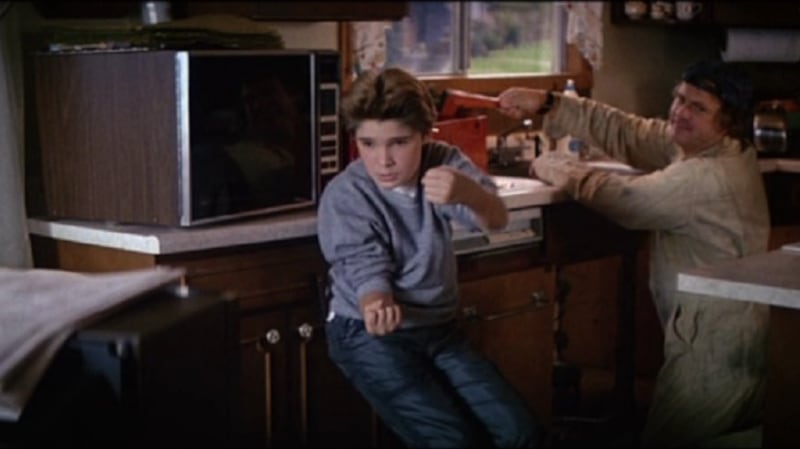
“Richard Donner and Steven Spielberg hired me as the cinematographer for The Goonies and I also acted in it, playing Corey Feldman’s father. That film will be my legacy. I was in Ireland last year and after a screening of The Goonies there was a huge queue of people lined up around the theatre to meet me and get an autograph. It was completely unplanned and impromptu. Then at Windmill Lane studios one of the managers greeted me with, ‘we see major rock stars here all the time, but I’ve never been so excited as I am to meet you, you shot The Goonies! Can I have a hug?’”
McLean continued framing blockbusters throughout the 1980s – a Cheech & Chong film here, a Clint Eastwood movie there – and then as the 1990s dawned he was reluctantly seduced into television. Reynolds offered him free rein on shooting the gentle rural sitcom, Evening Shade, providing McLean an opportunity to bring some cinematic flair to the otherwise staid and restricted world of television production.
“I didn’t want to do television but I loved Burt. I had a lot of freedom shooting it and ended up enjoying it. Then I shot Cybill, which had its problems; Cybill could be difficult with some people but she really liked my work and I liked her, so I stayed until the end of that show.”
And then came the Kirstie Alley sitcom, Veronica’s Closet; perhaps the less said of which, the better. “The worst!” McLean affirms. “The whole thing was a mess, but great things came out of it for me personally. Our producers were also filming Friends next door and one day their DP became unavailable, so they asked if I could come over and help out. I shot an episode and they loved it, the girls on the show really liked how I filmed them. So they ended up replacing the original DP with me and I shot the second half of the whole show, right until the final episode. One of the luckiest days of my career.”
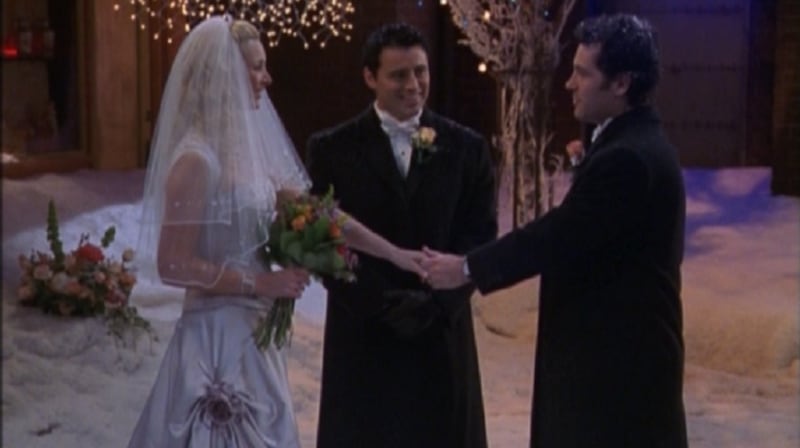
McLean ended up with three Emmy nominations for his outstanding work on the pop-culture phenomenon, and decided that after the show retired, so would he.
“I was all set to wrap up my career with Friends; it doesn’t get any bigger or better than that. But then Matt LeBlanc got his spin-off show, Joey, and he really wanted me to do it. I wasn’t that keen, but I liked Matt and he insisted on having me, so I did it. But that show wasn’t good and didn’t last long.
“After that I retired, until you called me and we ended up writing this book. And I’m glad you did; after several years of being asked to write a book, it finally felt like the right time.”
Nick McLean - Behind the Camera: The Life and Works of a Hollywood Cinematographer by Nick McLean and Wayne Byrne is published by McFarland Books

















